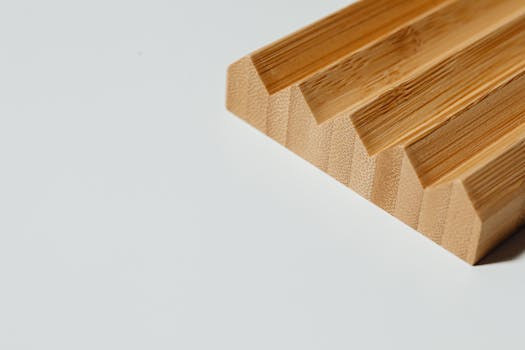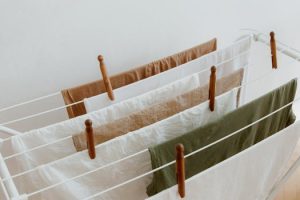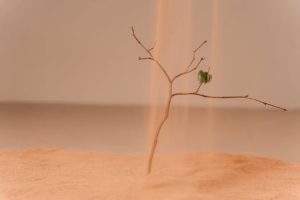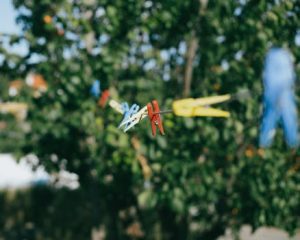Silk vs. Bamboo Fabric: Which Eco-Friendly Material Lasts Longer?
Silk and bamboo fabric are two eco-friendly materials that have gained popularity in recent years. Both are known for their softness, sustainability, and luxurious feel. While each has its own unique properties, many people are curious about which material lasts longer. In this article, we will delve into the differences between silk and bamboo fabric and determine which one is the better choice for those looking for a long-lasting, eco-friendly fabric option.
The Beauty of Silk Fabric
Silk is a natural protein fiber that is produced by silkworms. It has been highly prized for centuries for its lustrous appearance, strength, and softness. Silk fabric has a smooth, luxurious feel that makes it a popular choice for high-end clothing, bedding, and home decor. It also has excellent temperature regulation properties, making it a great choice for both warm and cool climates.
Benefits of Choosing Silk Fabric
Silk is a highly durable material, making it an excellent choice for those looking for a long-lasting fabric. It is also hypoallergenic and resistant to mildew and mold, making it a great option for those with allergies. Additionally, silk is a renewable resource, as the silkworms that produce it can be raised sustainably and repeatedly.
Factors That Affect Silk Fabric’s Lifespan
The longevity of silk fabric depends on a variety of factors, including the quality of the silk, the weave, and how it is cared for. A higher quality silk is made from longer silk fibers, which makes it stronger and more durable. A tighter weave will also contribute to the fabric’s longevity, as it will be less prone to stretching and tearing. Proper care is also crucial for maintaining the lifespan of silk fabric. Harsh chemicals, high heat, and rough handling can all shorten the fabric’s life.
Bamboo Fabric: The Sustainable Alternative
Bamboo fabric is a relatively new addition to the textile industry, but it has quickly gained popularity due to its sustainable nature. Bamboo is a fast-growing plant that does not require harmful pesticides or large amounts of water to grow. It also has natural antibacterial properties, making it an attractive option for those seeking a more eco-friendly fabric.
The Benefits of Choosing Bamboo Fabric
Bamboo fabric is known for its softness and breathability, making it a great option for those with sensitive skin. It is also hypoallergenic, making it an excellent alternative for those who suffer from allergies. Additionally, bamboo fabric has excellent moisture-wicking properties, making it ideal for activewear and bedding.
Determining the Lifespan of Bamboo Fabric
Like silk, the longevity of bamboo fabric depends on several factors, including the quality of the fabric, the weave, and how it is cared for. A higher quality bamboo fabric, made from longer fibers, will be more durable and last longer. The weave of the fabric also plays a role, with a tighter weave being more resistant to wear and tear. Proper care, such as gentle washing and avoiding high heat, will also contribute to the fabric’s lifespan.
Silk vs. Bamboo Fabric: Which One Lasts Longer?
When it comes to the longevity of silk and bamboo fabric, both can last a long time if cared for properly. However, silk may have a slight edge when it comes to durability. Silk fabric is generally more resistant to tearing and stretching, making it a better choice for clothing and home decor that will get frequent use.
On the other hand, bamboo fabric may lose its softness and sheen over time, especially if it is not cared for properly. However, due to its moisture-wicking and antibacterial properties, bamboo fabric may be a better choice for activewear or bedding that is subject to more frequent washing.
In Conclusion
Both silk and bamboo fabric are excellent eco-friendly options for those looking for sustainable and long-lasting materials. While silk may have a slight edge when it comes to durability, the choice ultimately depends on personal preference and intended use. Whichever you choose, proper care is crucial for maintaining the lifespan of your fabric and ensuring that it remains a sustainable choice for years to come.








